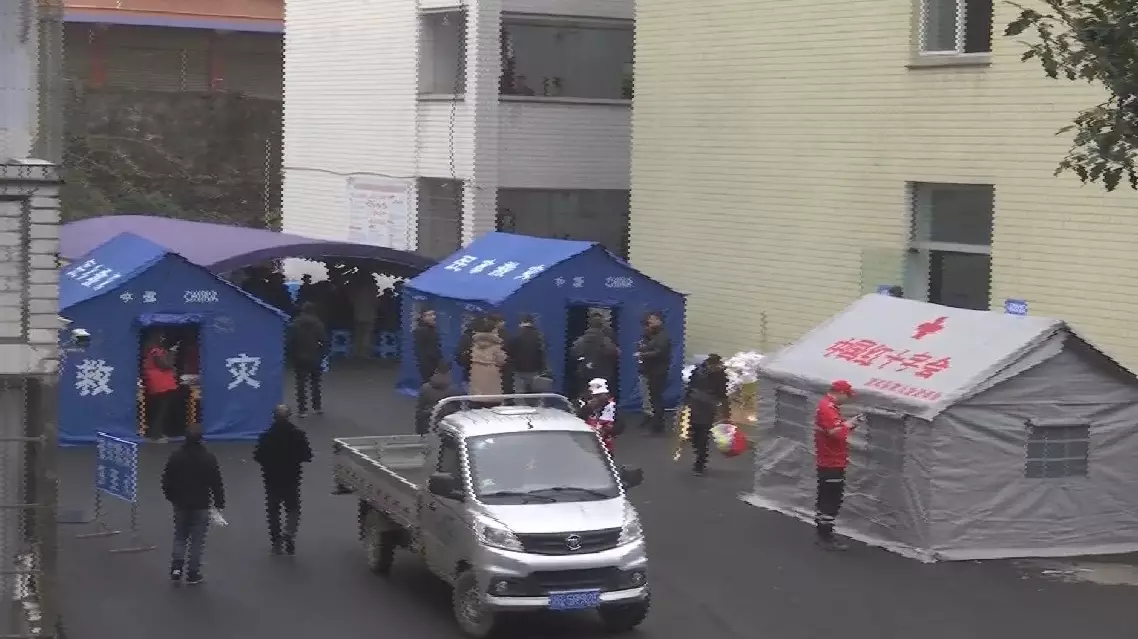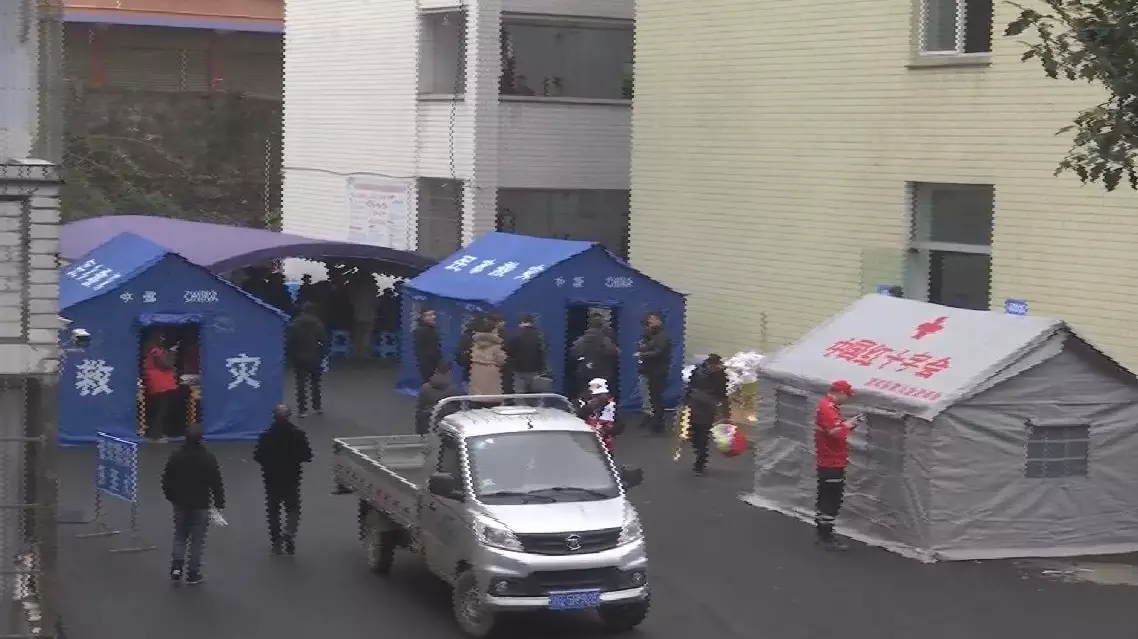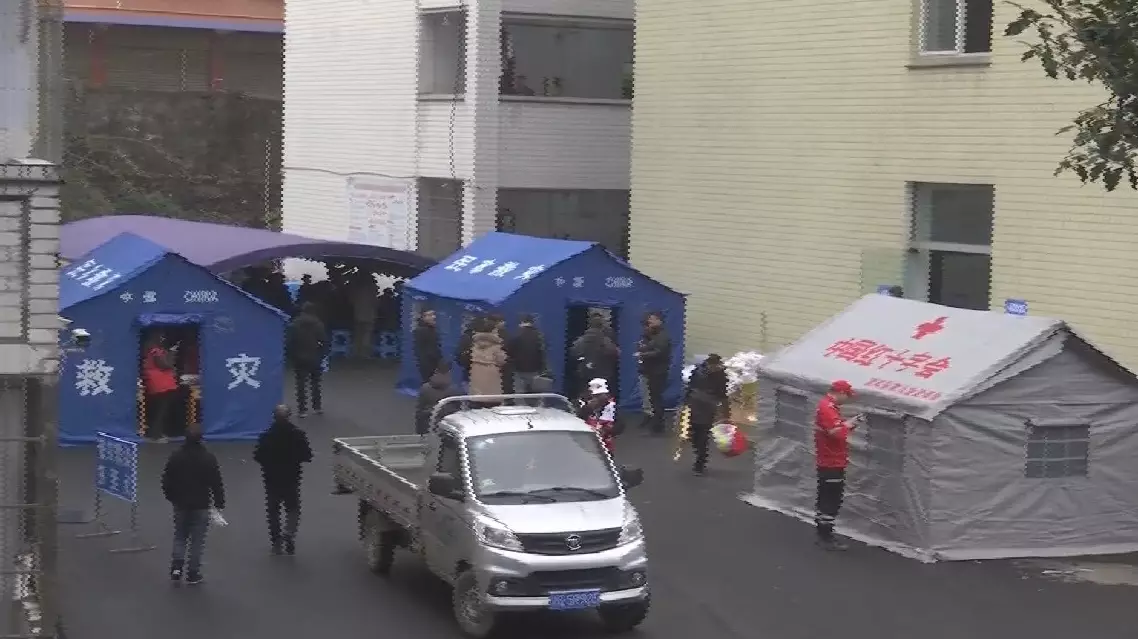The local government is taking good care of some 200 residents relocated to a school with warm shelter, adequate daily necessities and medical care, after a landslide which struck a village in southwest China's Sichuan Province on Saturday.
The disaster took place at about 11:50 on Saturday in Jinping Village, Junlian County of Yibin City.
As of midnight that day, preliminary reports indicated that the landslide buried 10 houses and one production facility. Two injured individuals were rescued and 29 people were still listed as missing.
As of 8:00 Sunday, the authorities had transferred 162 residents to a dormitory building of a local middle school as its students are still on the winter vacation.
Some residents have gone to seek shelter with their friends and relatives.
The volunteers provided each displaced person with two sets of blankets and mattresses to stay warm.
Additionally, a medical service station was set up on site to offer timely healthcare for them, while the school cafeteria operates 24 hours a day, serving evacuees with two meat dishes and two vegetable dishes.
Nearly 1,000 rescue workers from multiple agencies have rushed to the site, braving tough weather conditions to carry out emergency life-saving operations.
Search and rescue teams from military and government departments, including armed police, militia, police and firefighters, have been swiftly deployed to the stricken area.
The rescue command center is located approximately 600 meters from the landslide site, where the still active landslide, coupled with heavy rain and fog, continues to impede rescue efforts.

Relocated people well-cared after landslide in southwest China

Relocated people well-cared after landslide in southwest China

Relocated people well-cared after landslide in southwest China

Relocated people well-cared after landslide in southwest China









